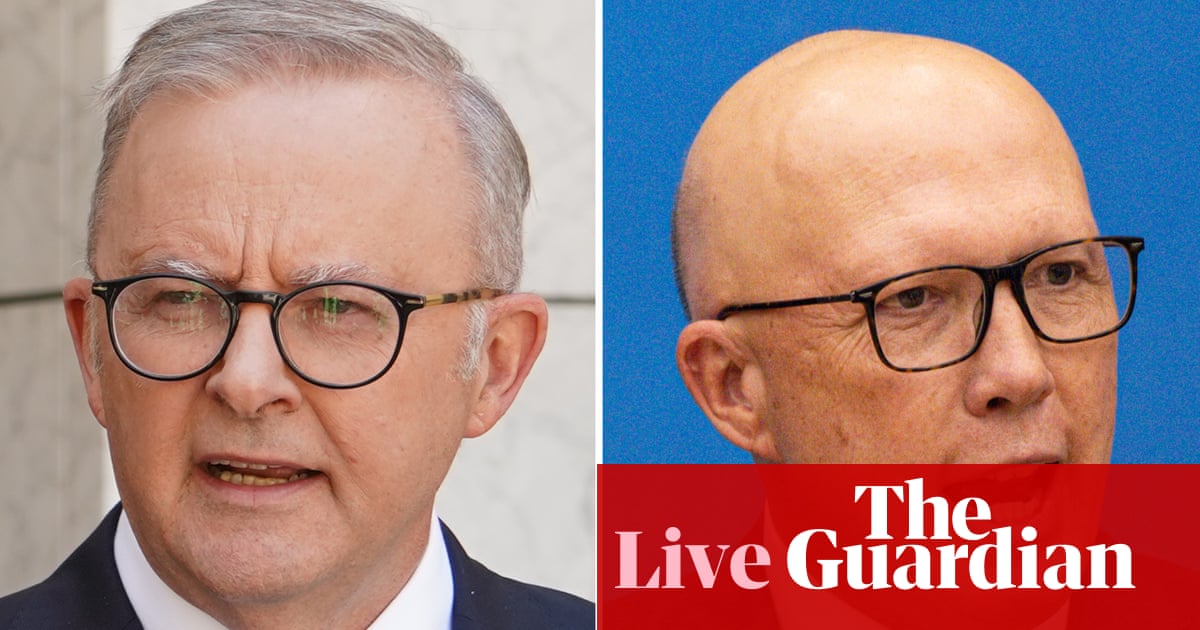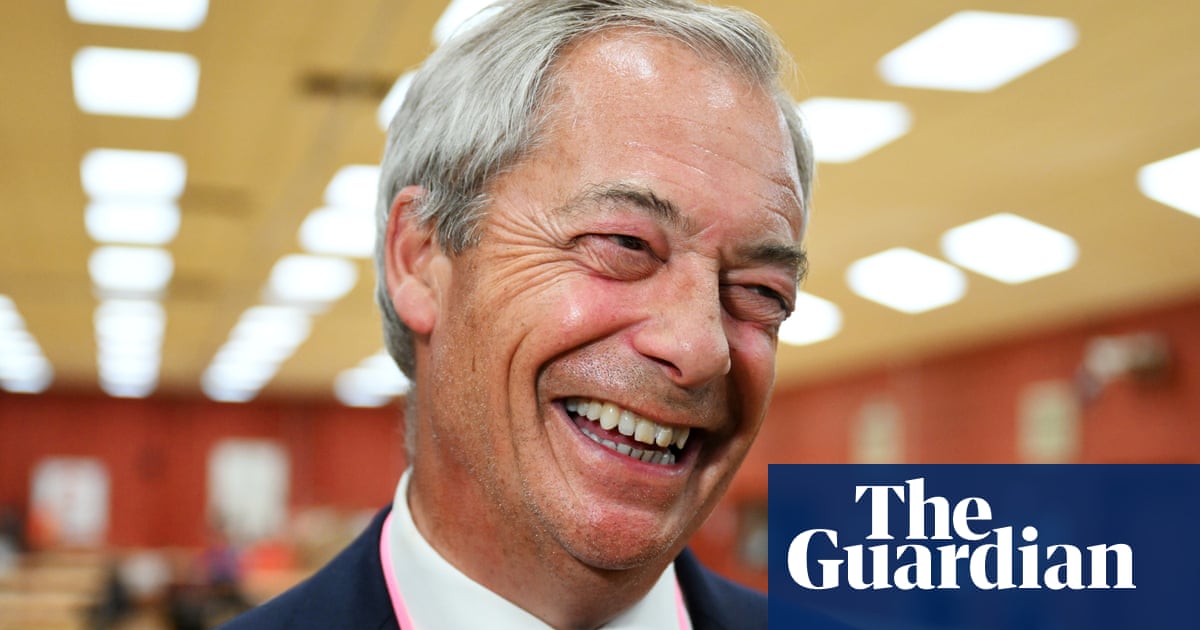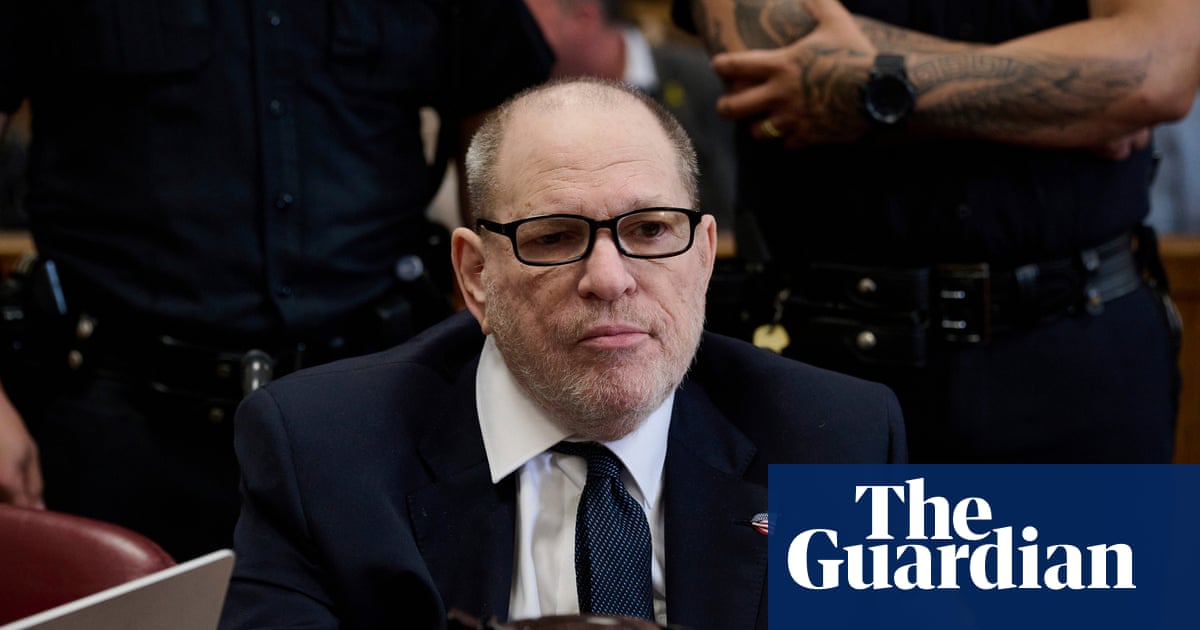He says it’s the “best 100-day start of any president in history”, but you can file that along with his boast about crowd sizes and his claim to have won the 2020 election. In truth, the first three months of Donald Trump’s second presidency have been calamitous on almost every measure. The single biggest achievement of those 100 days has been to serve as a warning of the perils of nationalist populism, which is effective in winning votes but disastrous when translated into reality. That warning applies across the democratic world – and is especially timely in Britain.
Start with the numbers that matter most to Trump himself. A slew of polls appeared this week, but they all told the same story: that Trump’s approval ratings have collapsed, falling to the lowest level for a newly installed president in the postwar era. He has now edged ahead of his only rival for that title: himself. The previous low watermark for a president three months in was set by one Donald Trump in 2017.
Back then, 42% of Americans approved of the way Trump was doing his job. The latest Ipsos survey for the Washington Post/ABC News has Trump at just 39%. This, remember, is meant to be the honeymoon period, yet Trump is 10 points behind where Joe Biden stood at this point, 30 points behind Barack Obama and 44 points behind Ronald Reagan. Remember: US presidents tend to get less, not more, popular as time goes on.
Perhaps most significant is that Trump is weak even in those areas where he’s meant to be strong. Confidence in his ability to handle immigration has tumbled and the same is true, even more critically, of his management of the US economy. On the latter, just 37% back Trump, a depth he never plumbed during his first term, even as the economy seized up under Covid. For the first time since 2001, a majority of Americans believe their economic situation is getting worse.
With good reason. Because the economic data is almost as troubling for Trump as his poll numbers. This week, official figures showed that the US economy contracted by 0.3% in the first quarter of the year, further fuelling fears of a recession. Trump wasted no time in blaming the shrinkage on Biden, who was in charge for just 20 days of the first three months of 2025, an argument only slightly weakened by the fact that the last quarter with Biden in charge saw growth of 2.4%.
It’s a precipitous drop, and the cause of it is hardly mysterious. Economists agree that the culprit is Trump’s tariffs, which prompted a surge in imports, as companies scrambled to buy in goods from abroad before the president’s on-again-off-again levies kicked in. Because those imported goods and services are not produced in the US, they’re subtracted from the headline GDP figure. Hence the contraction. Meanwhile, the chaos and volatility unleashed by Trump’s tariff policy has dented consumer confidence, now down to its lowest level since the recession of 1990, leaving Americans hesitant to spend money amid so much uncertainty. Even though the latest job numbers look healthy, analysts say the underlying picture is alarming. As Bloomberg reports, “corporate investment plans and expectations for growth and jobs have all plummeted – and the key reason is Trump’s trade war.”
Trump knows that the warnings from retail giants Walmart and Target, of empty shelves as supplies from heavily tariffed China dry up, have cut through. He addressed that anxiety this week, but in a way that should make even Trump’s admirers, those who usually praise his ability to connect with ordinary folk, worry that he’s losing his touch.
Asked about potential shortages of toys at Christmas, Trump said, “Well, maybe the children will have two dolls instead of 30 dolls, and maybe the two dolls will cost a couple of bucks more.” Bit late in his career for Trump to don the saffron robes and preach a Zen flight from consumerist materialism. His two-toys remark – which strangely did not feature as one of his campaign pledges in 2024 – has already cast him as the Grinch set to ruin Christmas.
“BE PATIENT!!!” he urges on his social media platform, as he insists that the vertiginous downward slide of the stock market either doesn’t matter or is all Biden’s fault. But the whiff of desperation is strong as Trump begins to see why the one idea he actually believes in and has believed in for decades – tariffs – is an object of near-universal contempt among economists. Yes, tariffs may have succeeded in persuading Apple to shift manufacturing away from China. But those jobs are not about to move to the US. Apple has announced instead that it will assemble its US-bound iPhones in India. Better restitch those red baseball caps with a revised slogan: make India great again.
By now, you’ll recall, Trump was meant to have ended the wars in Ukraine and Gaza, indeed he promised to do that by 21 January. But after a brief ceasefire, Israel’s war against Hamas in Gaza has resumed, the Trump administration having apparently lost interest. As for Ukraine, Trump got to brag of a breakthrough this week, with an agreement that gives the US a stake in Ukraine’s mineral wealth. But it’s far from the deal he sought.
The case he always made was that the US had to be reimbursed for the billions it had given Ukraine in military support under Biden – plucking the entirely bogus figure of $350bn out of the air. But this week’s arrangement includes no such payback. On the contrary, the deal is one Kyiv can look on with quiet satisfaction. It seems the Ukrainians could smell Trump’s need to have something to shout about in time for his 100th day, and they leveraged that eagerness to their advantage.
As for his expansionist threats to gobble up Panama, Greenland and Canada, the only concrete result those have brought is defeat in Canada’s general election for the pro-Trump Conservatives and a back-from-the-dead success for the Liberal party that vowed to defy him. Such is Trump’s narcissism that he even boasted about that, citing it as evidence of how much he matters in the world. As he put it, just before Canadians voted: “You know, until I came along, the Conservative was leading by 25 points,” he mused. “I was disliked by enough of the Canadians that I’ve thrown the election into a close call.”
The promise was that this second Trump term would be different, that the chaos and churn of Trump 1.0 would be gone. But on Thursday, we were back to the good old days, with the firing of his national security adviser, Mike Waltz, partly for his accidental admission of a journalist into a Signal group chat that discussed attack plans for Yemen, partly for advocating a tougher stance on Vladimir Putin, and partly for earning the hostility of far-right conspiracist Laura Loomer, who has the ear of the president.
So it’s fair to say the 100 days have not gone as Trump would have wished. And thanks to those serial failures, you can see the first, small signs that his power to terrify is fading. Witness the handful of senate Republicans who voted with Democrats against his tariff policy. And note how the reliably rightwing editorial page of the Wall Street Journal is now a fierce critic, slamming Trump as a “bully” and denouncing tariffs as “the biggest economic policy mistake in decades”. For a few short hours, even Jeff Bezos seemed ready to take a stand, amid reports that Amazon was about to itemise the cost of tariffs to US customers, before the company backed down.
Of course, none of this should be a surprise. Trump’s conman promises and delusional dreams of turning the clock back were always bound to fail. This is the nature of nationalist populism, whether it wears a red cap in Michigan or a turquoise rosette in Runcorn. It is expert at turning grievance, division and nostalgia into votes. But when it comes to governing, it will always fail. It offers an outlet for complaint – and has no answers at all.
-
Jonathan Freedland is a Guardian columnist

.png) 13 hours ago
10
13 hours ago
10













































